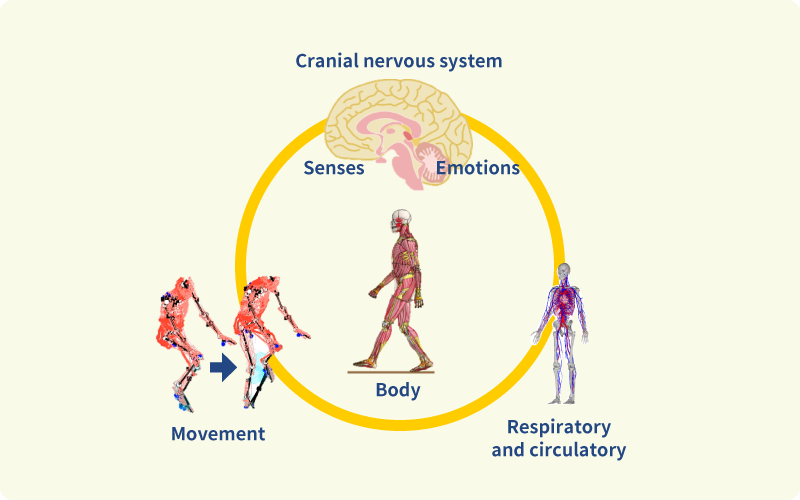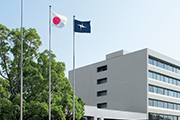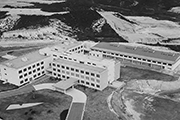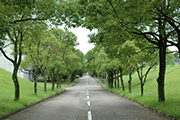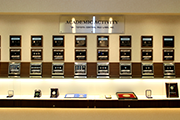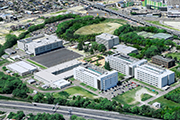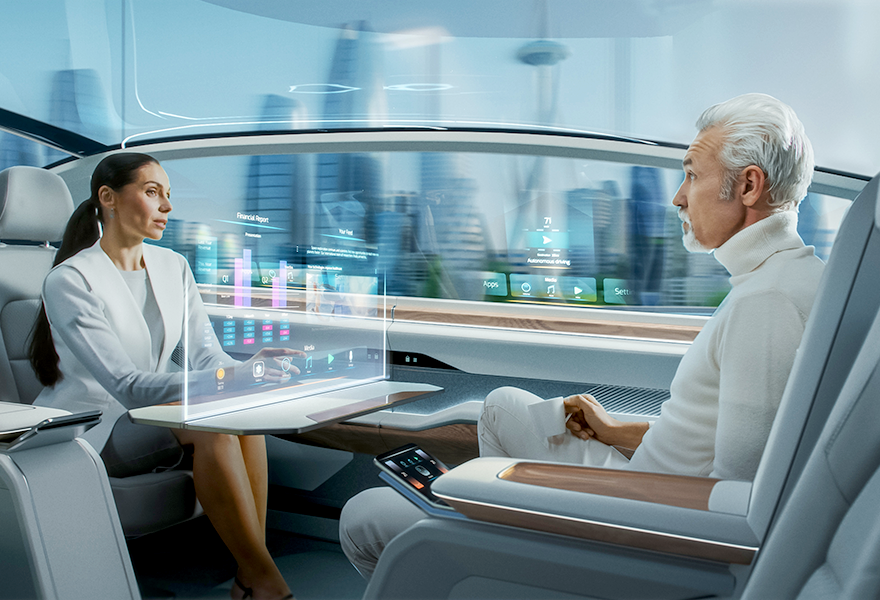Creating a moving, feeling human body in digital space
We build mathematical models of the musculoskeletal system, the cranial nervous system, the sensory organs, and the respiratory and circulatory systems, and construct digital human models that connect these together. We aim to enable estimations of physical and psychological conditions by applying these models to predict the body load associated with musculoskeletal movement, as well as changes in breathing, heart rate, and blood pressure that are affected by stress. We will also improve these models based on experimental data obtained through various real field demonstration tests.
